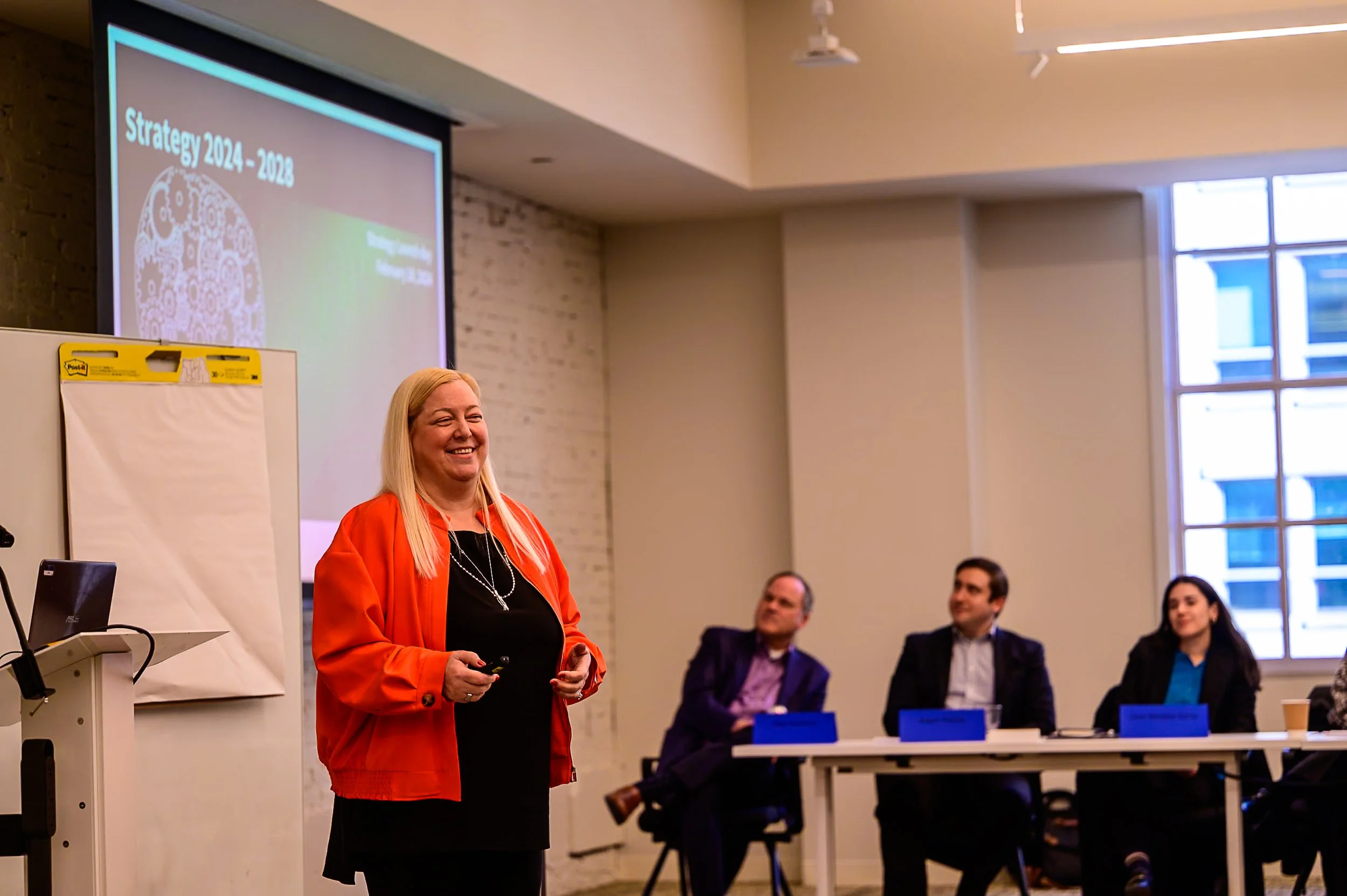From the Ground Up: Opening a New Operational Immigration Center
On November 20th, 2014, President Obama issued a series of executive orders intended to expedite the processing of two-year work permits and driver’s licenses for nearly five million undocumented immigrants in the United States with no criminal records.
While there are disagreements on such executive actions between party lines, it is clear that the tall task of staffing and organizing a center to process the millions of applications that will go through the hands of the U.S. Citizenship and Immigration Services (USCIS) offices is daunting.
USCIS plans a new ‘operational center’ in Crystal City, Arlington, Virginia. It will house 1,000 full-time and part-time employees to carry out this rigorous and mission-critical process. With the stand-up of a new organization, USCIS will face many operational challenges such as:
- Interviewing, hiring, vetting, and onboarding new hires who meet security requirements
- Designing and implementing a new organization, with processes and systems, to track applicants and their records
- Developing standard operating procedures and risk-based criteria for this unique population of applications
- Creating a workforce development system that includes training and career development
- Managing the logistics associated with the new site, equipment, secure access, etc.
- Managing dependencies with other functions in USCIS and across other agencies
One of the biggest challenges is the tight timeframe to recruit, screen, hire and train the workforce. As with any recruiting effort, it will be critical to focus on the quality of new hires. The best and the brightest minds should be brought on board and the standards or qualifications for candidates should be stringently maintained for both senior leaders and processors at the new center.
The Department of Homeland Security is no stranger to consolidating and establishing new agencies or task forces in rapid transition. This is a big opportunity to use best practices from previous experience to staff the center with the right resources and employees. Managers in charge of carrying out the creation of this center must keep transparency at the heart of the decisions they make. This will build trust quickly in the new operation.
In keeping to the mission, standards must also be set for the review of undocumented immigrant applications to emphasize repeatable standards and detect fraud. New hires must be equipped with repeatable benchmarks to review applications efficiently, process them without error, and detect fraud consistently.
Learn more about how Arc Aspicio supports:
The Immigration Mission





















